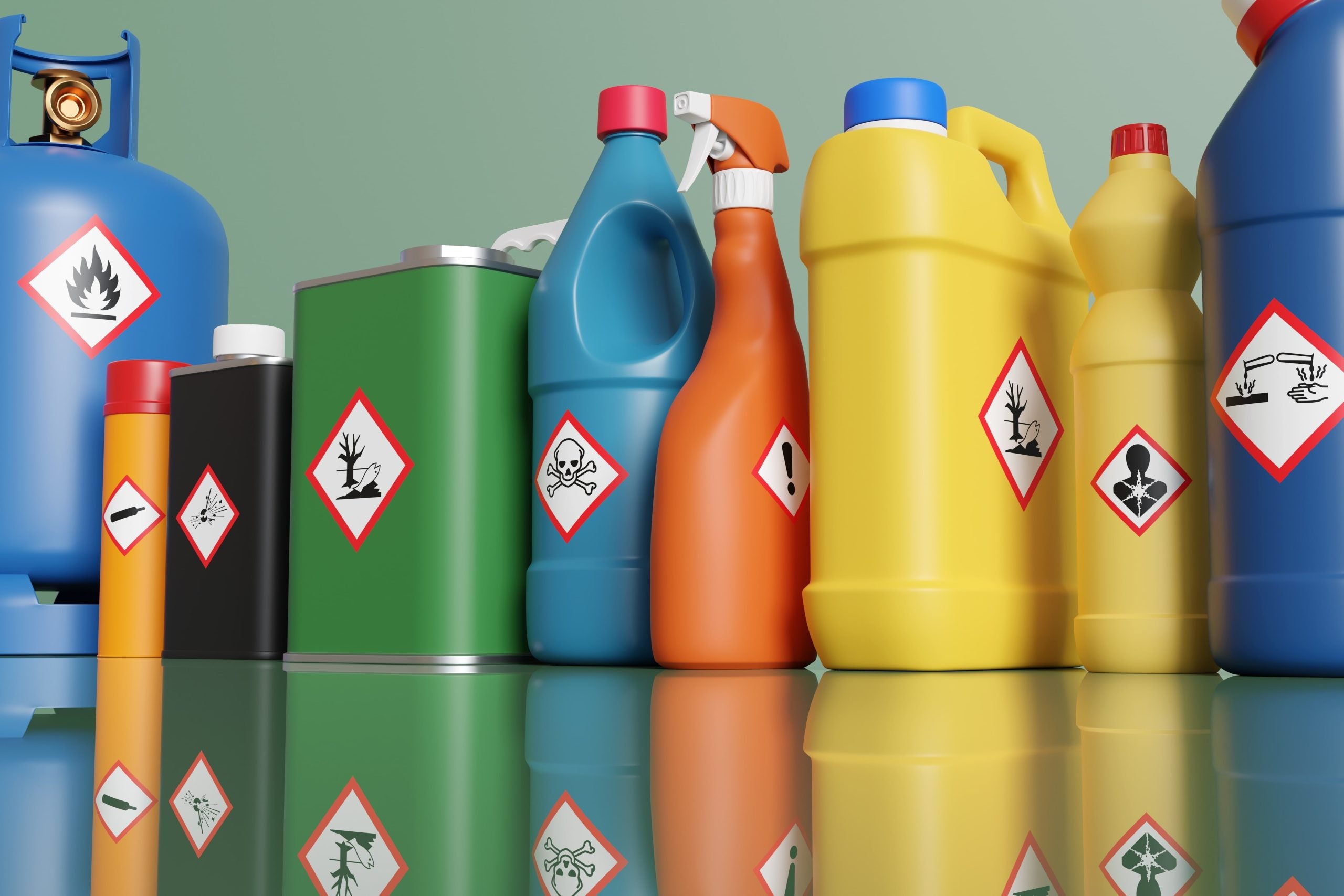
The European Council and European Parliament have reached a provisional agreement on the regulation for the classification, labelling, and packaging of chemicals (CLP regulation).
This significant update to the existing 2008 EU legislation aims to enhance the clarity of rules surrounding the labelling of chemical substances and the information required for chemicals sold online.
The provisional agreement introduces key changes to adapt the CLP regulation to encompass various forms of trade such as online and refillable products.
The primary goals of this update include promoting the circularity of chemical products, making labels clearer and more understandable to consumers, especially with the rise of digital labelling, and ensuring a higher level of protection against chemical hazards.
Minister’s perspective: bringing a digital and circular economy to chemicals
Jordi Hereu i Boher, the Spanish Minister for Industry and Tourism, emphasised that the revision of the CLP regulation would usher in a digital and circular economy to the chemicals sector.
Under the new rules, consumers will now have access to all the necessary information in both paper and digital formats, regardless of where they make their purchases in-store, in bulk, or online.
Clearer information on chemical hazards
The evolving landscape of commercial trends, including online shopping and the reuse of containers for bulk purchases, has necessitated an update to the 2008 regulation.
The proposed changes aim to increase the protection of human health and the environment, providing easier access to up-to-date information on chemical hazards and simplified labelling rules.
The regulation would also introduce measures such as faster information processes, clear labelling requirements (including a minimal font size for labels), and new powers for the commission to identify hazardous substances promptly.
Main elements of the agreement: focus on packaging and labelling
The provisional agreement includes a five-year derogation for substances with more than one constituent (MOCS) derived from plants that are not chemically modified.
Petrochemicals, among other MOCS, will fall under the regulation. The scope of the regulation for harmonised classification of substances in all physical states is clarified, extending its application to online sales, including digital marketplaces.
The compromise text mandates most chemical products to have a physical label, with the digital label being an option for suppliers.
The agreement also introduces measures to enhance label readability, especially for those with sight difficulties. Products from refill stations will see reduced risks, addressing concerns such as overfilling and contamination.
In alignment with ongoing assessments, the provisional agreement harmonises provisions concerning new hazard classes, preventing duplication under different legislation.
Background and next steps
This revision of the CLP, along with the planned revision of the REACH Regulation, is a crucial part of the Chemicals Strategy for Sustainability under the European Green Deal.
The commission proposed these changes on 19 December 2022, and negotiations began on 30 June 2023. The provisional agreement now awaits formal adoption by both the European Parliament and European Council.







